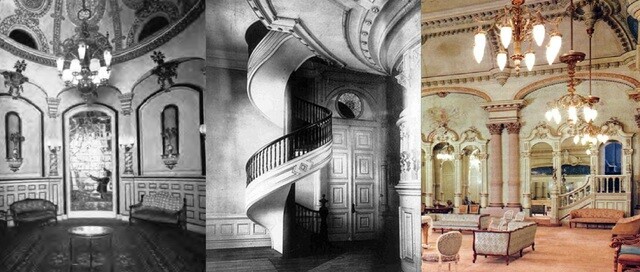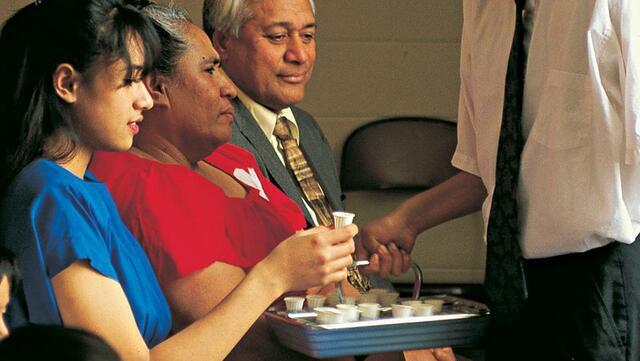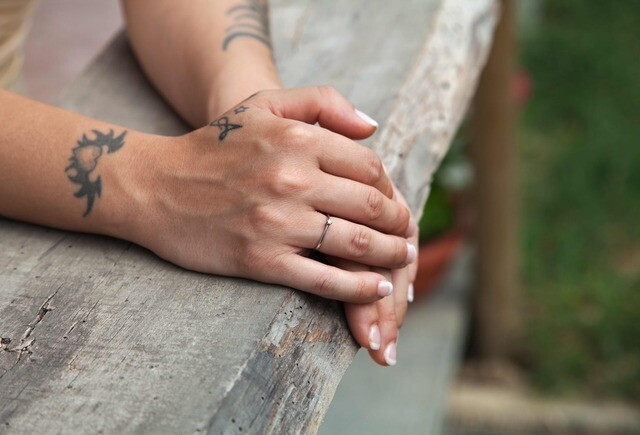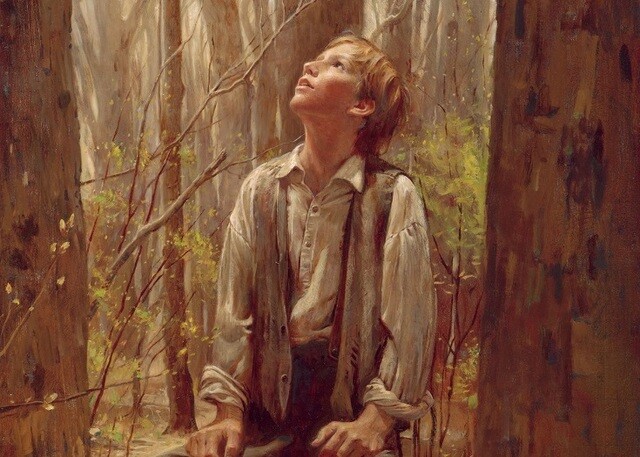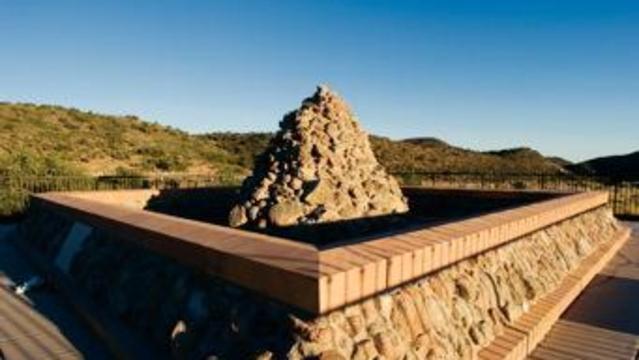Editor's note: This article is part of a series on what the Church has actually taught about various topics. To read more about the Church’s teachings on cremation, garments, beards, and more, click here.
Shortly after God led the children of Israel out of Egypt, He commanded Moses to build a tabernacle—a portable temple—that was set apart for solemn ceremonies. The design was given in detail through revelation, and each room in the tabernacle served a specific purpose. At the center of the tabernacle was the Most Holy Place, or the Holy of Holies.
The Repository for the Ark of the Covenant
According to the Encyclopedia of Mormonism, the Holy of Holies was designated as the repository for a chest called the Ark of the Covenant. “This chest, constructed of gold-plated acacia wood, was the place of the stone tablets inscribed by the hand of God, and the resting place for the mercy seat.”
The Ark of the Covenant was the most sacred object in the tabernacle, and it was also called ark of the testimony or ark of the Lord. According to churchofjesuschrist.org, “The ark was placed with the second tables of stone, which included thereon the Ten Commandments.” The lid on the ark is called the mercy seat, or the seat of the Atonement. It is made of gold and features two cherubs facing each other. Other sacred memorials were also stored there from time to time, including manna and Aaron’s rod.
The Ark of the Covenant stood as a continual reminder of the Atonement. Every year, on the Day of Atonement, the high priest of the Levites entered the Holy of Holies and sprinkled sacrificial blood over the mercy seat as expiation for Israel’s sins. The ark was carried at the head of the Lord's people during travel and war. The ark was lost several times by the Israelites, and the last time it is mentioned in the scriptures is during the days of the reform of King Josiah.
The Symbolism of the Holy of Holies
According to churchofjesuschrist.org, the ancient tabernacle was separated into three divisions—the outer courtyard, the holy place, and the Holy of Holies—through which one must pass to reach the presence of God. When the high priest entered the Holy of Holies, he must pass through the veil, which was embroidered with cherubim or angels, which signify that only the great High Priest—Jesus Christ—can part the veil between us and God. The Holy of Holies represents our ultimate goal of living in the presence of the Lord, in the celestial world. God told Moses, “And there I will meet with thee, and I will commune with thee from above the mercy seat, from between the two cherubims which are upon the ark of the testimony, of all things which I will give thee in commandment unto the children of Israel” (Exodus 25:22).
The Holy of Holies in the Latter-days
According to Elder James E. Talmage in his book House of the Lord, the Holy of Holies is the most sacred part of the temple, and it is reserved for the higher ordinance of the priesthood. A specific room designated as the Holy of Holies can only be found in the Salt Lake Temple, although every temple has a sealing room that can function as a Holy of Holies.
►You'll also like: The Unexpected Way the Church Responded to a Blackmail Attempt
As Elder Talmage described:
“The central of the three small apartments connected with the Celestial Room—situated therefore between the Sealing Room for the Living and the Sealing Room for the Dead—is of all the smaller apartments within the Temple walls by far the most beautiful. Yet its excellence is that of splendid simplicity rather than of sumptuous splendor. It is raised above the other two rooms and is reached by an additional flight of six steps inside the sliding doors. The short staircase is bordered by hand-carved balustrades, which terminate in a pair of newel-posts bearing bronze figures symbolical of innocent childhood; these support flower clusters, each jeweled blossom enclosing an electric bulb. On the landing at the head of the steps is another archway, beneath which are sliding doors; these doors mark the threshold of the inner room or the Holy of Holies of the Temple, and correspond to the inner curtain or veil that shielded from public view the most sacred precincts of Tabernacle and Temple in the earlier dispensations.”
Elder Talmage continued his description of the room, saying, “The floor is of native hard-wood blocks, each an inch in cross-section. The room is of circular outline, eighteen feet in diameter, with paneled walls, the panels separated by carved pillars supporting arches; it is decorated in blue and gold. The entrance doorway and the panels are framed in red velvet with an outer border finished in gold. Four wall niches, bordered in crimson and gold, have a deep blue background and within these are tall vases holding flowers. The room is practically without natural light, but it is brilliantly illumined by a large electrolier and eight side clusters of lamps. The ceiling is a dome in which are set circular and semicircular windows of jeweled glass, and on the outer side of these, therefore above the ceiling, are electric globes whose light penetrates into the room in countless hues of subdued intensity.”
Elder Boyd K. Packer shared in his book The Holy Temple that the Holy of Holies “is where the president of the Church may retire when burdened down with heavy decisions to seek an interview with Him whose Church it is. The prophet holds the keys, the spiritual keys and the very literal key to this one door in that sacred edifice.”
The major function of the Holy of Holies is for the president of the Church to seek revelation and heavenly visitations in regard to the welfare of the Church. Certainly, from the time of Moses to the latter-days, God always reaches out to His children, showing us the celestial goal that we can obtain by living faithfully in the gospel and enduring to the end.

